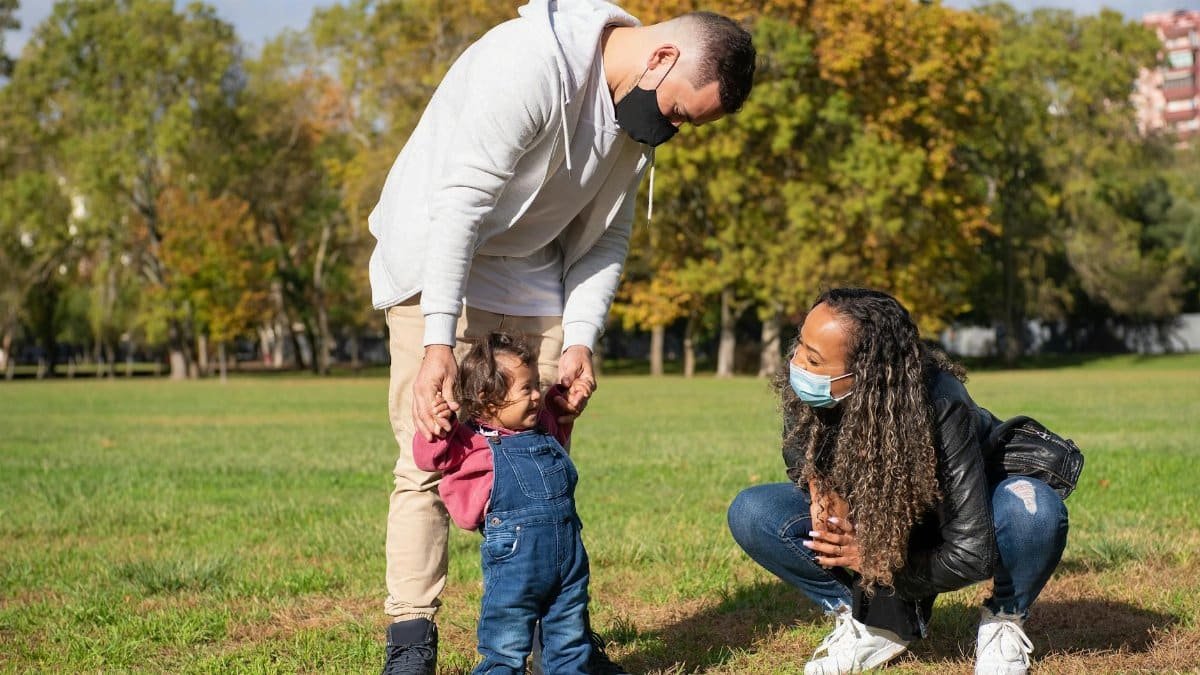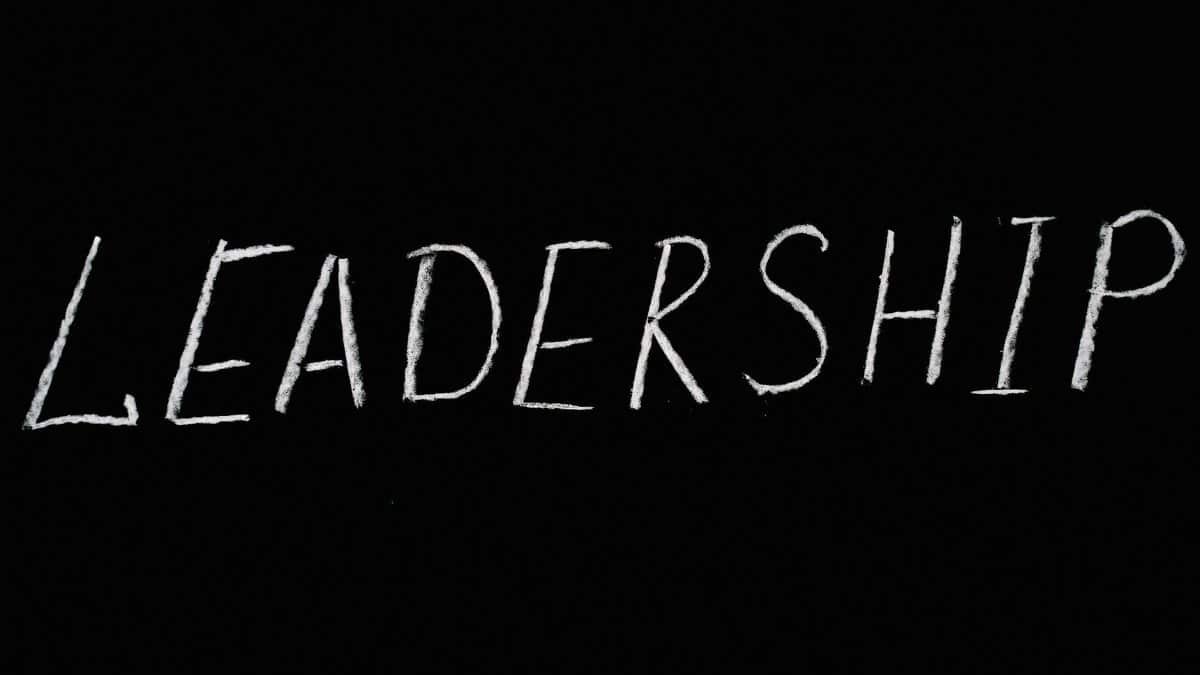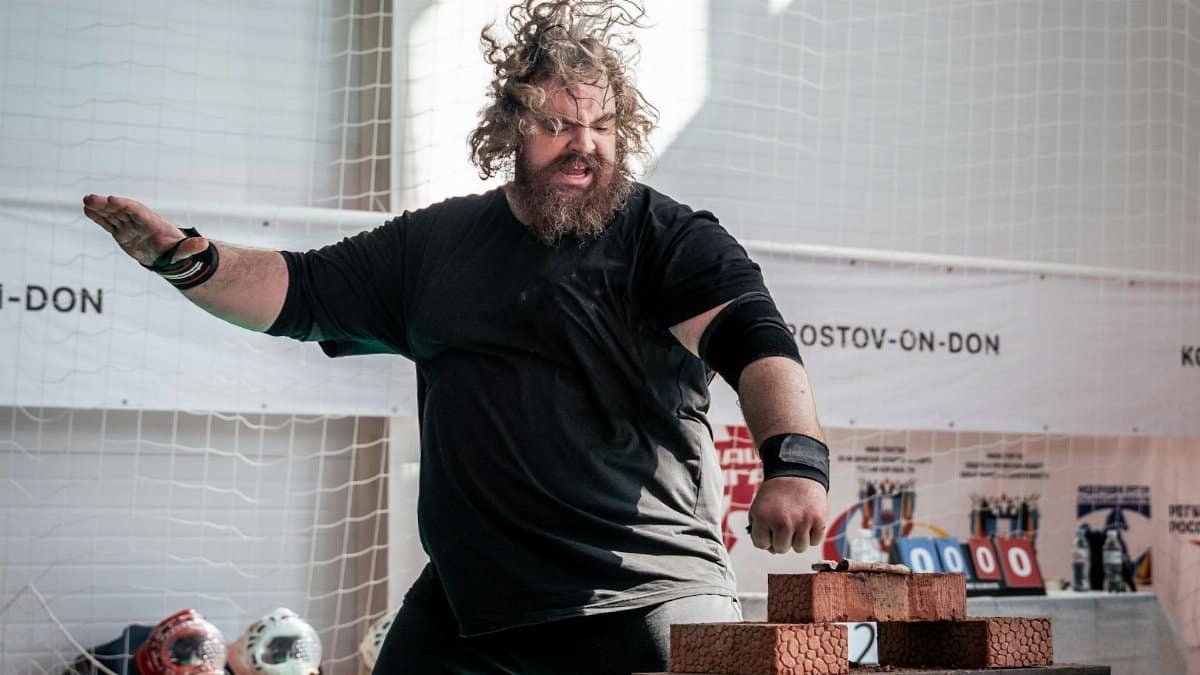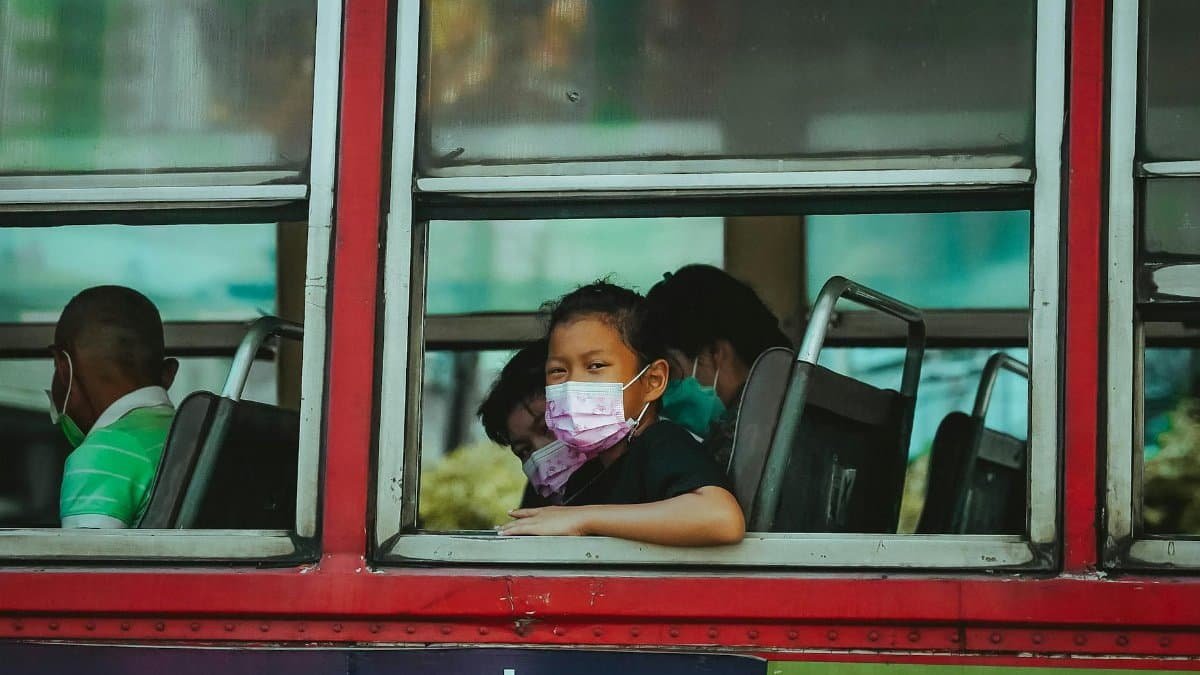Imagine a film set buzzing with activity, cameras rolling, and a young actor at the center of it all, delivering a gut-wrenching scene. The director calls “cut,” and while the crew resets, a quiet figure steps in—not a coach or parent, but an emotional safety manager. This emerging role, pivotal to child actor safety, is transforming how Hollywood protects its youngest stars. Once, the focus was solely on physical safety—stunt coordination and hour limits. Now, the industry is waking up to the invisible toll of intense roles. Emotional safety managers help children process heavy scenes, navigate stress, and maintain well-being amid grueling schedules. As productions in 2025 ramp up efforts to prioritize mental health, this position signals a broader shift. How did we get here, and what does this mean for the future of young performers?
The Rise of Emotional Safety Managers

On a chilly morning in Los Angeles, a 12-year-old actor rehearses a scene about loss. The script demands raw emotion, and the child delivers—tears streaming. But as the take ends, an emotional safety manager, trained in child psychology, kneels beside them. “Let’s take a breath together,” they say softly, guiding the young performer through a grounding exercise. This isn’t a one-off. Since the late 2010s, high-profile cases of burnout and trauma among child stars have pushed studios to act. The role of emotional safety managers—part counselor, part advocate—has grown from a niche experiment to a standard on many sets. They’re hired to monitor a child’s mental state, debrief after tough scenes, and liaise with directors to adjust pacing if needed. It’s a direct response to the industry’s long history of overlooking emotional strain.
Data backs the need. A 2021 study by the American Psychological Association noted that young performers face unique stressors—public scrutiny, irregular schedules, and role immersion—that can impact long-term mental health. Emotional safety managers aim to mitigate this, often working alongside parents and guardians to create a support net. Their presence isn’t just reactive; it’s preventive, ensuring kids don’t carry the weight of a character home.
Why Child Actor Safety Needed a New Approach

For decades, child actor safety meant labor laws—caps on work hours and mandatory schooling, enshrined in regulations like California’s Coogan Act. These rules, while vital, often stopped at the physical. Emotional risks were sidelined, dismissed as part of the job. Former child actors have since shared stories of anxiety and identity struggles, with some, speaking anonymously in recent online discussions, describing feeling “lost” after playing dark roles without support. The #MeToo movement and mental health advocacy amplified these voices, exposing gaps in care. Productions began to see that a child’s psyche could be as vulnerable as their body during a stunt.
Enter the emotional safety manager. Unlike traditional set therapists, who might only appear post-crisis, these professionals are embedded daily. They’re trained to spot distress signals—subtle shifts in mood or withdrawal—and intervene early. This shift reflects a broader cultural reckoning: young performers aren’t just small adults. Their developing minds need tailored protection.
Training and Skills Behind the Role

Who qualifies to guide a child through the emotional maze of a film set? Emotional safety managers often hold degrees in child psychology or social work, paired with specialized training in trauma-informed care. Many have experience in schools or counseling centers before pivoting to entertainment. A 2023 report from the SAG-AFTRA union highlighted that over 60% of surveyed productions now require these managers to complete industry-specific workshops on set dynamics and child labor laws. It’s not just about empathy; it’s about understanding the pressure cooker of a shoot.
Day-to-day, they might use art therapy to help a child express unspoken stress or teach mindfulness to reset after a draining scene. They also act as a buffer, advocating for breaks when a director pushes too hard. It’s a delicate balance—supporting the child without disrupting production. One manager described their role as “being a lighthouse, steady and present, while the storm of filming rages on.”
Impact on Set Dynamics

Adding an emotional safety manager changes more than just a child’s experience—it reshapes the entire set. Directors and producers, once laser-focused on deadlines, now consult these managers on script intensity and scheduling. Some crew members initially resisted, viewing the role as an extra layer of bureaucracy. But attitudes are shifting. A 2022 survey by the Hollywood Reporter found that 78% of production staff felt safer knowing a dedicated advocate was present for young actors. Trust builds when everyone sees the child isn’t just a performer, but a person.
Still, tension lingers. Budget constraints can pit creative demands against safety needs. Emotional safety managers often negotiate for small but critical wins—extra downtime or scene rewrites. Their influence is quiet but growing, nudging the industry toward a more humane pace for its youngest talent.
Challenges in Standardizing the Role

Not every set has embraced this change. Smaller productions, strapped for cash, often skip hiring emotional safety managers, relying instead on parents or existing staff. Even on big-budget films, there’s no universal mandate. While California and New York push for stricter child actor safety guidelines, enforcement varies. The U.S. Department of Labor outlines broad protections, but emotional support remains a gray area, often left to individual studios’ discretion.
Another hurdle is consistency. Some managers are full-time; others are freelancers called in sporadically. Without standardized training or clear accountability, quality can differ. Advocates argue for industry-wide certification to ensure every child gets the same level of care, regardless of a project’s scale. Until then, gaps persist, leaving some young actors vulnerable.
Looking Ahead for Child Actor Safety

As awareness grows in 2025, the trajectory for child actor safety seems promising yet uncertain. Emotional safety managers are becoming a fixture on major sets, with streaming giants like Netflix and Disney leading the charge. But the role’s future hinges on broader adoption and regulation. Will independent films catch up? Can unions codify this support as a non-negotiable? These questions loom large.
Meanwhile, parents of young actors express cautious hope. One described the manager on their child’s recent project as “a lifeline,” helping their daughter separate from a challenging role each night. Such stories hint at the potential. If the industry commits fully, emotional safety could redefine how children navigate fame—not as a gauntlet, but as a path with guardrails. For now, each hire feels like a small victory, a step toward ensuring no child’s light dims under Hollywood’s glare.
